Disclosure: This article contains affiliate links. We may earn a commission from purchases at no extra cost to you, which helps our travel content.
The speedboat cut through the muddy waters of the Essequibo River like a machete through jungle vines, spraying my weathered face with a fine mist that felt refreshing after three days of equatorial heat. At 62, I've learned that the most rewarding destinations rarely announce themselves with glitzy tourism campaigns or hashtag-friendly landmarks. Guyana's coastal region—specifically Anna Regina and its surrounding wilderness—embodies this principle perfectly. This former British colony nestled between Venezuela and Suriname remains South America's only English-speaking country, yet attracts a mere fraction of the continent's tourism. After three decades scrutinizing municipal budgets in Riverside, I've spent the past decade applying those analytical skills to uncover destinations where adventure outweighs cost and authenticity trumps convenience. My recent two-week winter expedition along Guyana's wild Atlantic frontier delivered precisely that balance—a journey that tested my mettle while rewarding me with experiences no resort package could possibly deliver.
Getting to Anna Regina: A Budget Analyst's Approach
The journey to Anna Regina, a modest administrative center in Guyana's Pomeroon-Supenaam region (Region 2), begins with strategic planning worthy of a municipal budget review. International flights land at Cheddi Jagan International Airport near Georgetown, where most travelers stop and never venture further. Their loss is our gain.
From Georgetown, you have two options: the adventurous route or the practical one. The adventurous route involves a combination of minibuses to Parika (about $5 USD), followed by a ferry across the Essequibo River to Supenaam ($10 USD), and finally a shared taxi to Anna Regina ($3-5 USD). Total transit time: 5-6 hours depending on connections. The practical option is hiring a private driver for the entire journey ($70-90 USD).
As someone who spent three decades stretching municipal dollars, I opted for the adventurous route, which delivered unexpected dividends beyond the monetary savings. The ferry crossing provided my first glimpse of Guyana's remarkable ecosystem—where the muddy Atlantic battles the mighty Essequibo River in a never-ending tug of war. The resulting brackish waters support a marine environment unlike anything I've encountered in Southeast Asia.
For navigating this journey and the entire region, I relied heavily on my waterproof map which proved invaluable when cell service disappeared and Google Maps became a useless digital paperweight. Old-school navigation skills never go out of style in places where infrastructure remains a work in progress.
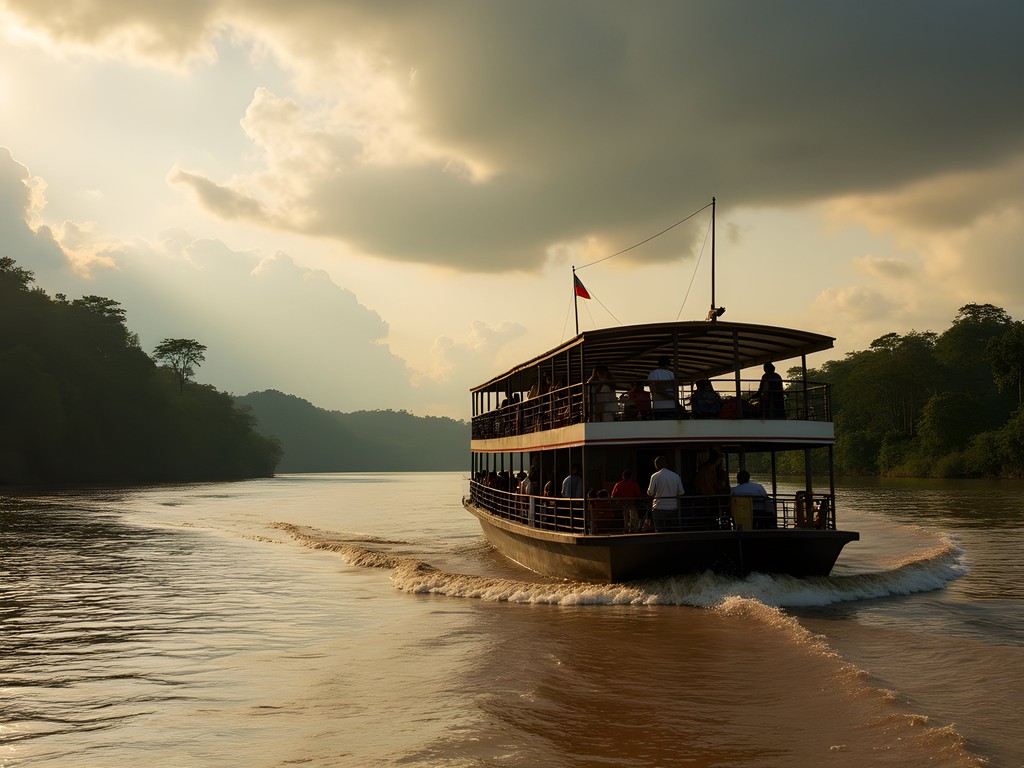
💡 Pro Tips
- Book your international flight to arrive in Georgetown early morning to allow same-day travel to Anna Regina
- The ferry schedule is unpredictable—build flexibility into your plans
- Bring small USD bills as ATMs are scarce outside Georgetown
Accommodation: Anchoring in Anna Regina
Anna Regina isn't exactly overflowing with luxury accommodations, which suits my mid-range budget preferences perfectly. The town offers a handful of guesthouses that range from bare-bones to surprisingly comfortable. After careful consideration (and a spreadsheet comparison that would make my former accounting colleagues proud), I settled on the Golden Fleece Guesthouse, paying $35 USD per night for a clean room with reliable air conditioning, intermittent hot water, and a small veranda overlooking a garden frequented by hummingbirds and the occasional agouti.
For those seeking greater comfort, Cottage 31 offers upgraded amenities at around $60 USD nightly. At the budget end, Marshon's Guest House provides basic rooms with fans for approximately $20 USD. All require cash payment, as credit card machines remain aspirational technology in this region.
What these accommodations lack in luxury, they make up for in local character. My host at Golden Fleece, a woman named Indra whose family has lived in the region for four generations, provided insights no guidebook could offer. She directed me to hidden beaches, arranged informal boat tours with her cousin (at half the price quoted in Georgetown), and invited me to a neighborhood cricket match that became one of my trip highlights.
Regardless of where you stay, I recommend packing a portable door lock for added security and peace of mind. While I found Anna Regina generally safe, the hardware on some guesthouse doors leaves something to be desired. This lightweight device has accompanied me from Japanese fishing villages to Southeast Asian coastal towns, providing an extra layer of security that helps me sleep soundly.
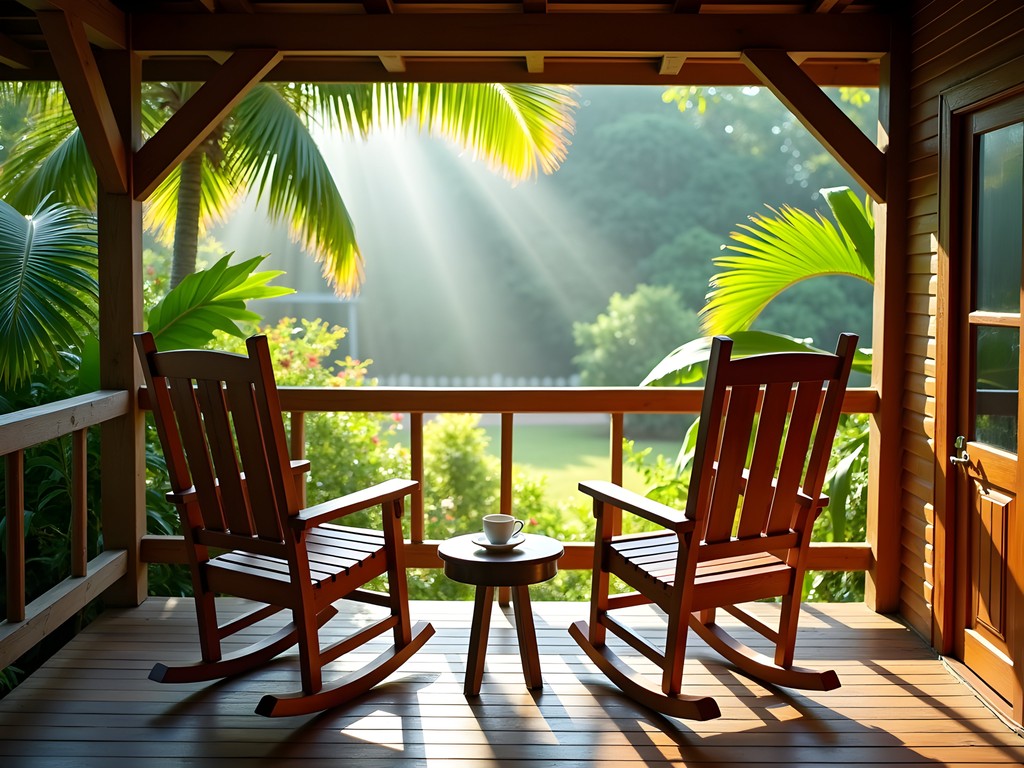
💡 Pro Tips
- Reserve accommodations via WhatsApp rather than email for faster responses
- Request rooms away from the street as roosters serve as the town's unofficial alarm clock
- Pack a small portable fan as power outages are common
Marine Wonders: The Atlantic Coast's Hidden Treasures
The coastline near Anna Regina represents one of the most overlooked marine ecosystems I've encountered in my travels. Unlike the crystalline waters of Southeast Asia that first sparked my interest in marine conservation, Guyana's coast presents as a turbid, muddy expanse that initially appears uninviting. This superficial assessment couldn't be further from the truth.
The mixing of the Essequibo River's freshwater with the Atlantic creates a nutrient-rich environment that supports remarkable biodiversity. Working with local fisherman Vishnu, who became my unofficial guide after we struck up a conversation at the Anna Regina market, I arranged several excursions that revealed the hidden wealth beneath these brown waters.
For $45 USD, Vishnu took me on a full-day expedition to Shell Beach, a protected nesting ground for four endangered sea turtle species. Though winter isn't prime nesting season (which runs April through August), we spotted juvenile leatherbacks feeding offshore. The 30-mile boat journey itself provided ample wildlife viewing, including the bizarre spectacle of scarlet ibis feeding alongside the coast's famous mud skippers—fish that spend more time out of water than in it.
The highlight came when we anchored near a series of underwater sandbars where Vishnu knows river dolphins often feed. After 40 minutes of patient waiting, a pod of Guiana dolphins—smaller and rarer cousins to the bottlenose—surfaced around our boat, their curiosity as evident as my delight.
For underwater observation, my waterproof binoculars proved invaluable, allowing me to spot marine life from the boat without disturbing the delicate ecosystem. Unlike traditional binoculars, these maintain clarity even in the challenging light conditions created by Guyana's reflective coastal waters.
The conservation challenges facing this region are substantial, with artisanal fishing practices increasingly giving way to commercial operations. Vishnu's family has fished these waters for generations, and his perspectives on sustainability were as valuable as any marine biology textbook I've read.

💡 Pro Tips
- Arrange boat tours through local connections rather than Georgetown tour operators to support the local economy
- Pack polarized sunglasses to cut glare and better spot marine life
- Bring twice as much drinking water as you think you'll need for coastal excursions
Inland Adventures: Rice Fields and Remnants of Colonial History
Anna Regina sits at the heart of Guyana's rice belt, where vast agricultural operations stretch toward the horizon like green oceans. As someone who's driven America's endless highway routes, I found unexpected parallels between these emerald expanses and the amber waves of grain that dominate America's heartland. Both represent human determination to reshape landscapes for sustenance.
Renting a bicycle from my guesthouse ($5 USD daily), I spent three days exploring the intricate canal system that irrigates these fields—a Dutch colonial legacy that remains functional centuries after its construction. The engineering precision impressed my analytical mind, while the biodiversity these waterways support appealed to my conservationist heart.
The ruins of Fort Zeelandia on the nearby island of Fort Island provide a sobering reminder of the colonial forces that shaped this region. Accessible via a 45-minute boat ride ($15 USD round trip), this Dutch fortification later served British interests before being abandoned to the encroaching jungle. Walking these grounds, where cannon still point uselessly toward phantom invaders, I couldn't help but contemplate how empires rise and fall while the land endures.
For these explorations, my quick-dry pants proved their worth repeatedly. The convertible design allowed adjustment from pants to shorts as the equatorial sun intensified, while the moisture-wicking fabric handled both humidity and unexpected rain showers. After three decades of business casual attire in municipal buildings, discovering proper adventure clothing has been a revelation in my second act.
The highlight of my inland explorations came when I visited the Mainstay Lake, a freshwater body surrounded by indigenous communities maintaining traditional lifestyles. Here I participated in a fishing expedition using techniques unchanged for centuries, resulting in a modest catch that became part of a communal meal. The Arawak guide explained how seasonal variations affect fishing strategies—knowledge passed down through generations without the benefit of scientific studies or government reports.
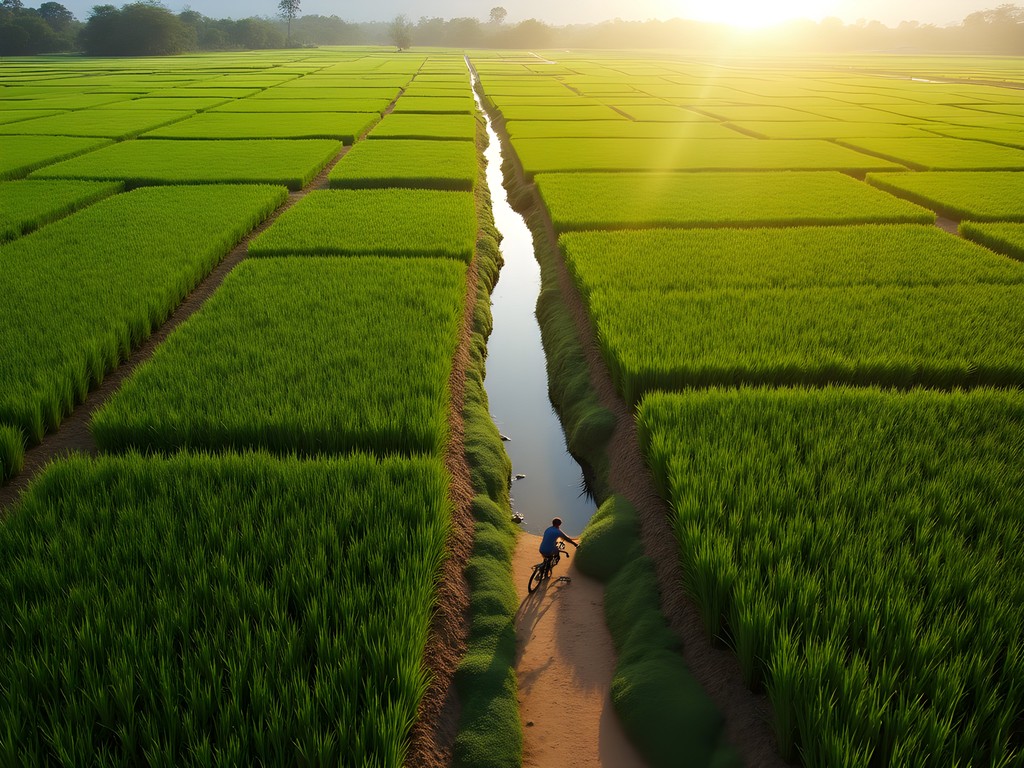
💡 Pro Tips
- Visit the Anna Regina market early (6-8am) when produce is freshest and cultural interactions most authentic
- Carry insect repellent for inland excursions, particularly near canals and lakes
- Learn basic Creolese phrases—locals appreciate the effort even if your pronunciation isn't perfect
Local Libations: Finding Guyana's Hidden Speakeasies
My interest in historical bar scenes has taken me from Tokyo's hidden whisky bars to San Francisco's prohibition-era establishments. In Anna Regina, I discovered that rum culture remains vibrant, though manifested differently than the polished experiences of established tourism destinations.
The term 'speakeasy' takes on a different meaning here. Rather than password-protected entrances and craft cocktails, Anna Regina offers 'rum shops'—part community center, part drinking establishment, wholly authentic. These unassuming buildings, often distinguished only by a faded sign or collection of empty bottles, serve as the social nucleus for local communities.
At Jagdeo's Corner Shop, I found myself welcomed into animated discussions ranging from cricket statistics to political debates, all fueled by El Dorado rum—Guyana's premier export for those with discerning palates. Unlike Japanese bartenders who approach their craft with zen-like focus on technique, the value here lies in the communal experience rather than mixology precision.
My background as a municipal budget analyst unexpectedly provided common ground with locals concerned about regional development funds and infrastructure projects. These conversations, lubricated by modestly priced rum (about $3 USD per generous pour), offered insights into local priorities no tourism brochure could provide.
For those seeking more structured tasting experiences, I recommend arranging a visit to a local distillery through your accommodation host. For approximately $25 USD, you can tour facilities where traditional wooden stills—some dating back to colonial times—produce spirits using methods largely unchanged for centuries.
My insulated water bottle proved surprisingly useful during these explorations, not just for hydration (essential when sampling spirits in equatorial heat) but also for collecting small rum samples from different producers for later comparison. The vacuum insulation maintained temperatures perfectly, allowing me to document subtle flavor differences between distilleries.
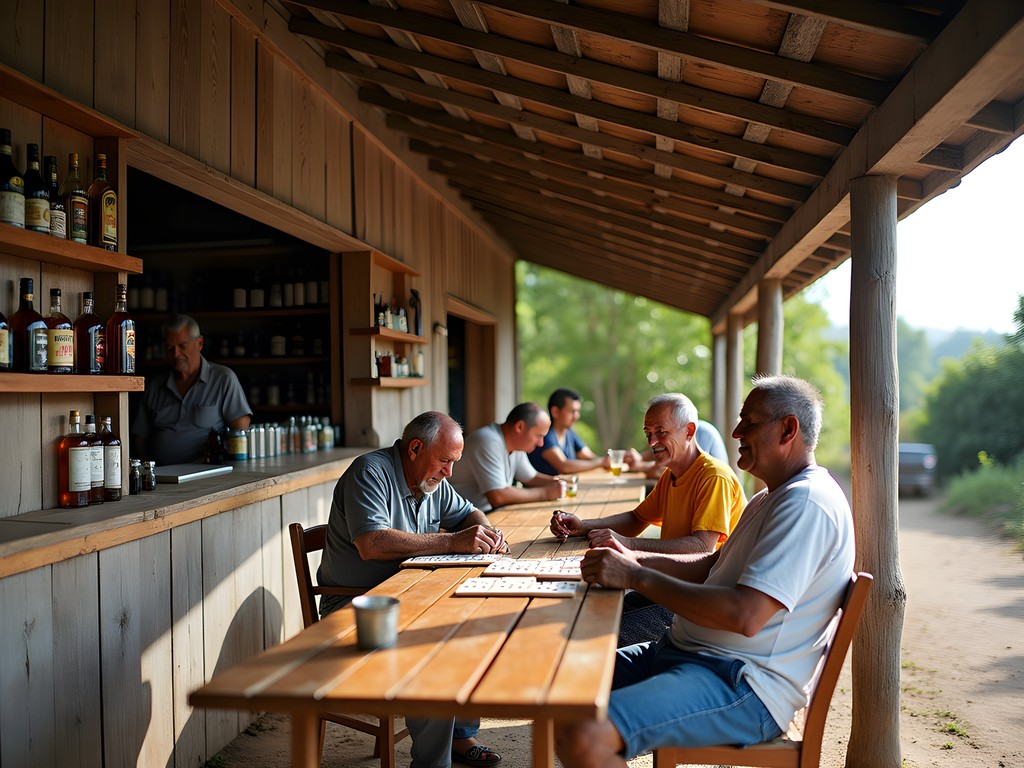
💡 Pro Tips
- Always buy a round for locals who share information or stories—it's considered good etiquette
- Ask about 'bush rum' but approach with caution—these homemade spirits vary wildly in quality and potency
- Learn to drink rum the Guyanese way: neat, at room temperature, sipped slowly
Final Thoughts
As my speedboat cut back through the Essequibo's waters toward Georgetown, concluding my two-week exploration of Anna Regina and Guyana's coast, I reflected on how places overlooked by mainstream tourism often deliver the most authentic experiences. At 62, I've learned that travel's greatest rewards come not from checking landmarks off lists but from immersing in environments that challenge our preconceptions. Guyana's coastal region demands adaptability, rewards patience, and reminds us that nature's most fascinating ecosystems aren't always the most photogenic. For solo travelers willing to navigate the logistical hurdles, Anna Regina offers a rare glimpse into a South American coastal culture largely unchanged by tourism's homogenizing influence. The journey isn't always comfortable, but like the best routes along America's highways or Japan's fishing villages, the destination justifies every bump along the way.
✨ Key Takeaways
- Anna Regina offers authentic experiences for budget-conscious solo travelers willing to embrace logistical challenges
- The region's marine ecosystem, while not visually spectacular, supports remarkable biodiversity worth exploring
- Local connections provide better value and deeper insights than pre-arranged tours from Georgetown
📋 Practical Information
Best Time to Visit
December to April (dry season)
Budget Estimate
$40-60 USD daily excluding international flights
Recommended Duration
7-14 days
Difficulty Level
Challenging
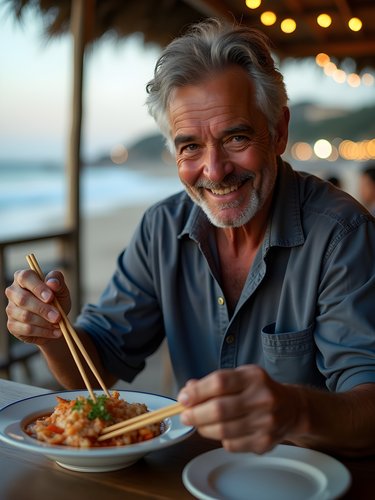
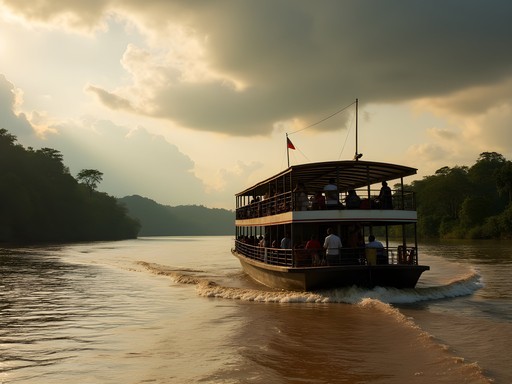


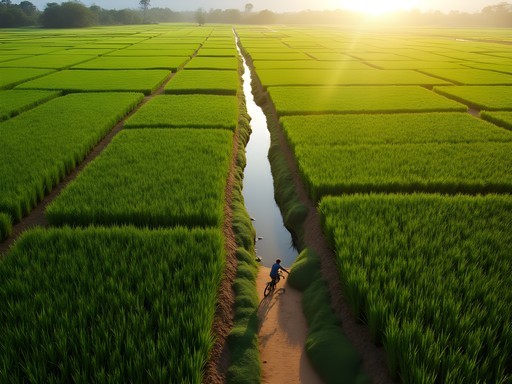
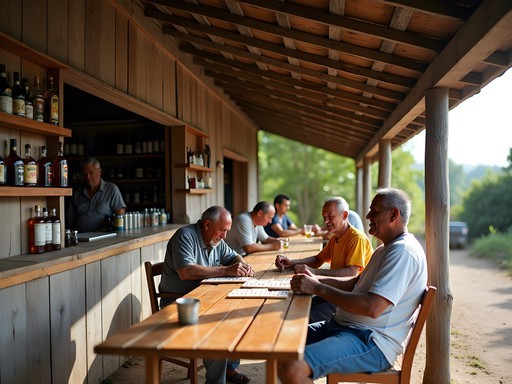


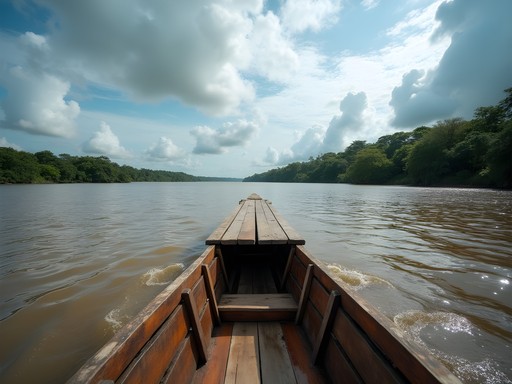
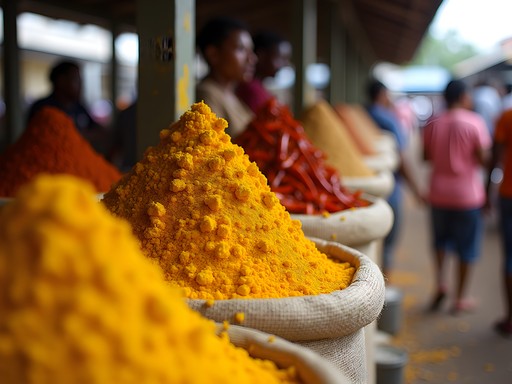
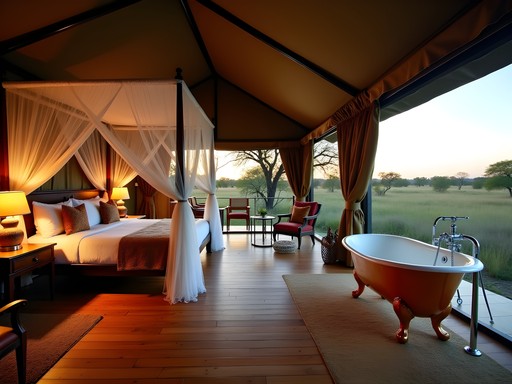
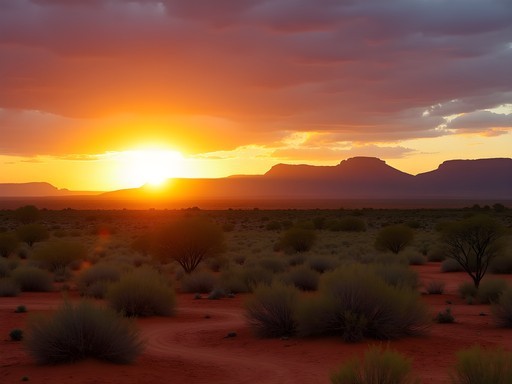



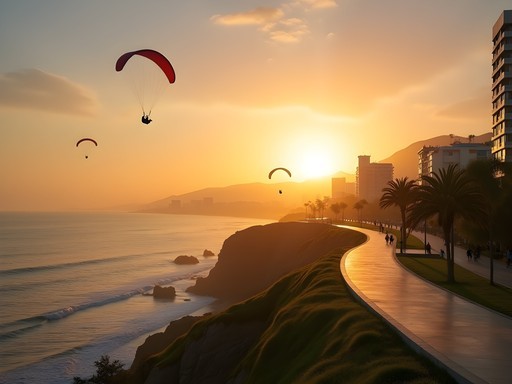
Comments
explorebackpacker
Those speedboat photos are incredible! Definitely adding this to my South America bucket list!
redone
Did you have trouble finding accommodation in Anna Regina? Seems pretty off the beaten path.
wintermate4357
Not John, but I stayed in Anna Regina last year. There aren't many options online, but several guesthouses in town. Mrs. Persaud's place near the market is clean and affordable - just call ahead!
redone
Thanks for the tip! Do you remember how much it cost per night?
wintermate4357
About $25-30 USD per night, including a simple breakfast. Basic but clean!
Taylor Moreau
Excellent write-up on a truly underappreciated destination, John. I had the pleasure of visiting Anna Regina briefly during a business trip to Georgetown last year. Your transportation breakdown is spot-on - those speedboats are indeed an experience! One thing I'd add for business travelers: mobile connectivity is surprisingly good in Anna Regina proper, but becomes quite spotty along the coast. I found the colonial architecture fascinating from a historical perspective - the Dutch and British influences create a unique architectural legacy that deserves more scholarly attention. Did you happen to visit the rice processing facilities? They offer an interesting glimpse into the backbone of the local economy.
John Hart
Thanks Taylor! Great point about the connectivity - I should have mentioned that. I did tour one of the rice facilities - fascinating operation and they were very welcoming. The manager gave me a personal tour when I expressed interest.
globeone7217
How's the internet connection in Anna Regina? Need to stay connected for work while traveling.
John Hart
It's spotty but workable! The guesthouse I mentioned has decent WiFi, and there's a small internet café near the market. I'd recommend getting a local GTT SIM card in Georgetown before heading out - worked well as backup. My portable hotspot was a lifesaver on a couple occasions.
globeone7217
Perfect, thanks! Will definitely grab that SIM card.
Nicole Russell
John, this post couldn't have come at a better time! I'm planning my solo trip to Guyana for next month and was debating whether to venture beyond Georgetown. Your description of the speedboat journey on the Essequibo River sold me completely! Quick question - how did you handle safety as a solo traveler in Anna Regina? Any specific precautions you'd recommend? I'm particularly interested in those colonial remnants you mentioned. Did you need a guide for that part?
John Hart
Hi Nicole! Anna Regina felt quite safe - it's a small community where everyone knows each other. I'd recommend the usual precautions (no flashy valuables, be aware of surroundings). For the colonial sites, I hired a local guide named Raj through my guesthouse - about $30 for a half-day tour. Well worth it for the history! The old Dutch sluice gates were fascinating.
Nicole Russell
Thanks so much, John! I'll definitely ask about Raj when I'm there. Can't wait to see those Dutch sluice gates!
wintermate4357
Finally a post about Guyana that isn't just about Kaieteur Falls! Been wanting to visit Anna Regina for ages.
hikinghero6383
How safe did you feel as a solo traveler there? Planning a trip to Guyana next year and wondering if Anna Regina should be on my itinerary. Any accommodation recommendations?
John Hart
I felt completely safe in Anna Regina. It's a small community where everyone knows each other. For accommodation, I mentioned Ashanti Guesthouse in the post - basic but clean and the owner is incredibly helpful with local tips. Just bring cash as card payments can be unreliable.
explorebackpacker
I second what John said about safety. I went solo last year and had zero issues. Just use common sense like anywhere else. The locals were super friendly and curious about tourists. Make sure you have a good water filter bottle though - tap water isn't great there.
oceangal
This brings back memories! I visited Anna Regina last year and was amazed how few tourists were there. Those speedboats on the Essequibo are something else - terrifying but thrilling! Did you try the cassava bread from the local market? I'm still dreaming about it. The colonial buildings were so fascinating but definitely crumbling away. Hope more people discover this place but not too many!
John Hart
Yes! The cassava bread was amazing. I actually bought some to take with me to Georgetown. Did you make it to the coast? The seafood there was incredible too.
oceangal
I did! Had some curry with fresh catch at a little place near the shore. Can't remember the name but it was run by this lovely older couple. Probably the best meal of my entire Guyana trip.
adventuremom
Going there next month with my teenage son! Any recommendations for must-see spots that would impress a 15-year-old?
worldtrekker92
The speedboat rides themselves were a hit with my nephew! Also check out the local markets - lots of interesting things to see.
beachpro
Those photos of the coastline are stunning! Adding Guyana to my bucket list right now.
Venture X
Premium card with 2X miles, $300 travel credit, Priority Pass